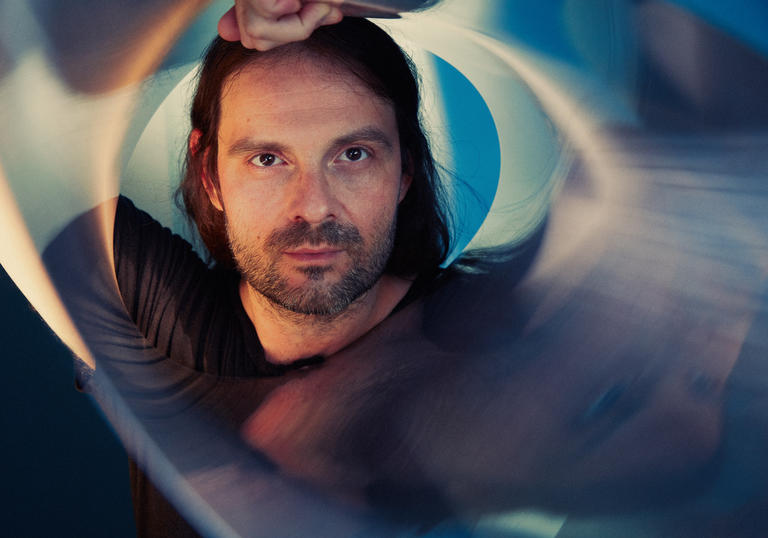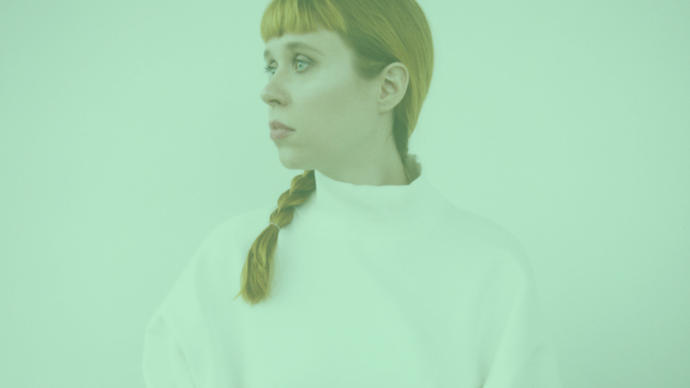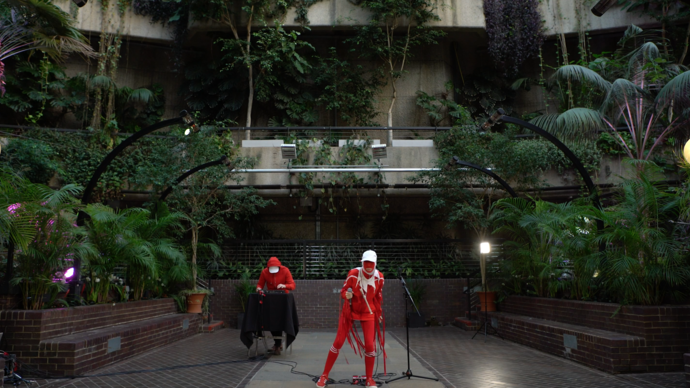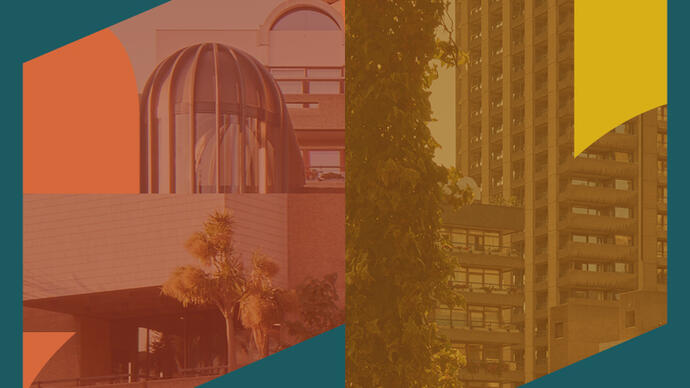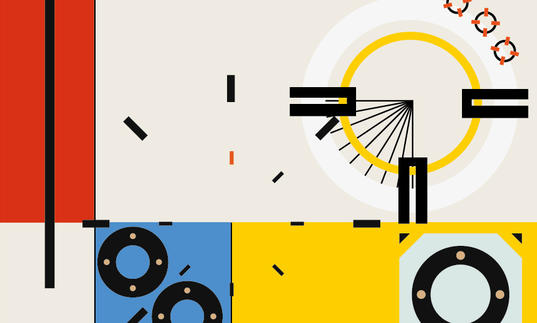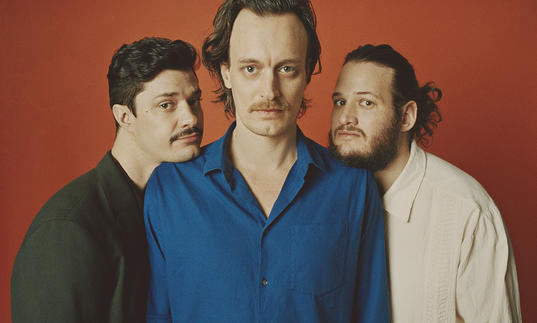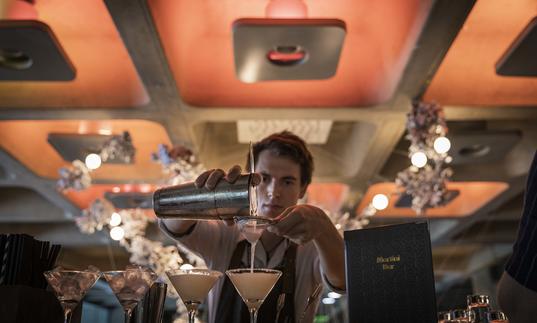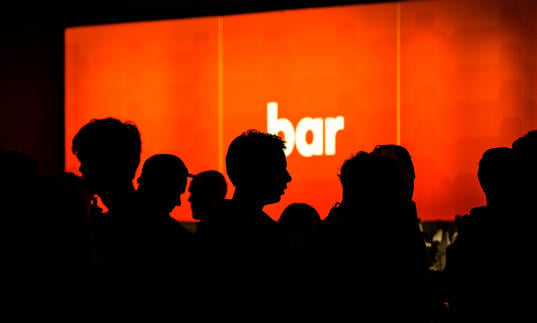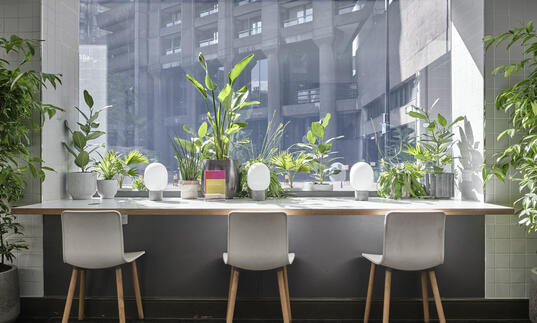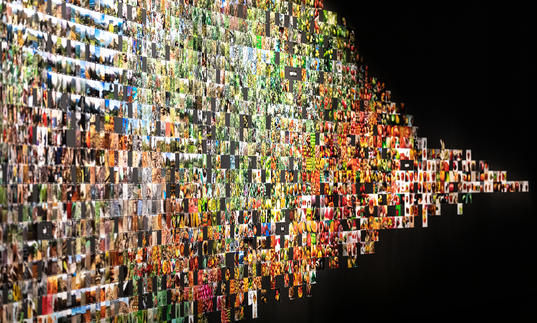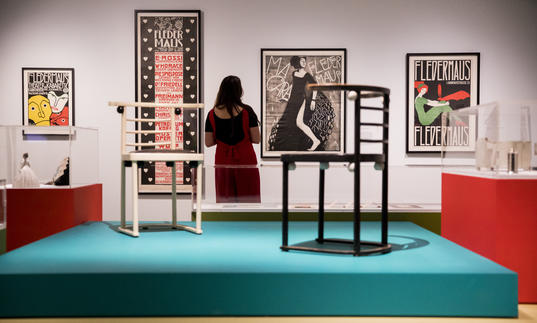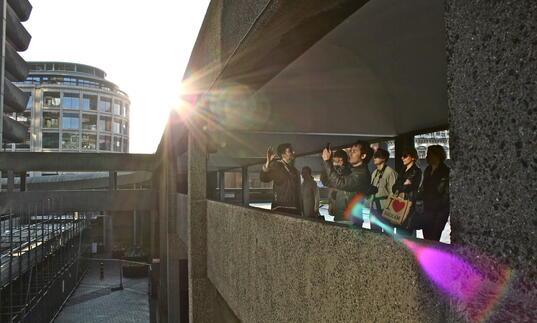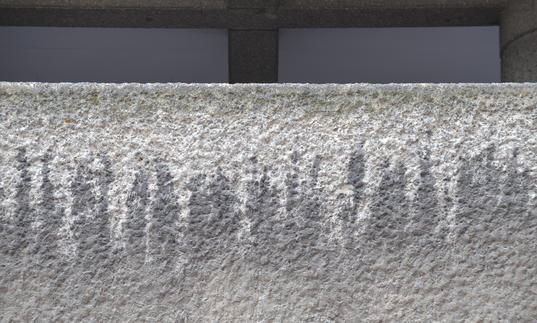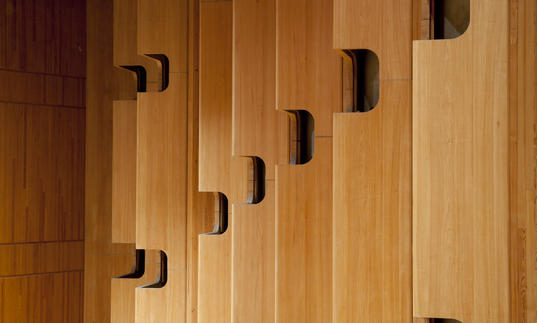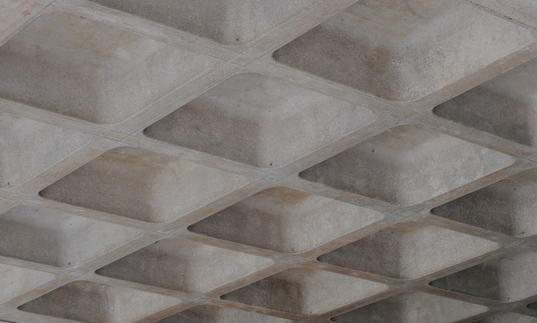Volume Massimo is the latest project from world renowned musician, composer and producer Alessandro Cortini. Recently released via Mute Records, his eighth solo album is a follow up to the widely acclaimed Avanti in 2017, adding to his already prolific body of work. Already gaining much praise, Alessandro explained a little of his ongoing inspiration:
‘One of the most appealing aspects of instrumental music to me is the sense of complicity with the listener. In a more typical song-oriented composition you tend to be presented with clear meaning, dictated for the most part by the lyrics. With instrumental music, the listener is offered an emotional canvas, rough and undefined, with room for personal interpretation. It’s almost like the listener is called in as part of the compositional process…’
With a wide range of collaborations and releases behind him, from previous solo work to composing for video games and playing in Nine Inch Nails amongst others, Alessandro can turn his hand to any project he chooses. For such a varied career to date, adaptability appears to be key to longevity.
I cherish the ability to go from one musical experience to the other. If I were to be stuck to doing my own records only, I think it would mutate to a realisation that it’s a “job” and therefore harder to keep it natural and spontaneous.’
Having recently settled in Berlin, this Barbican performance is the first of his European tour dates. This debut London show brings an audio visual addition equally as vital as the music itself.
‘The visual aspect is the other half of Volume Massimo. I don't think they can be separated. Emilie Elizabeth, who created the cover and produced the show, went to great lengths to craft a visual aspect to augment the sonic content...The meaning will have to be extrapolated by the spectator.’
Speaking on the Buchla, an affinity for which he shares with Suzanne Ciani, Alessandro explained:
‘It’s a temperamental machine, or maybe it’s simply very good at translating how I feel at that moment, and simply spits it back to me... Overall, the Buchla has been the most attractive and enticing instrument I have ever had the pleasure to work on. It changed the way I approach writing, even before I get to an instrument.’
With a career spanning over 40 years and counting, Suzanne Ciani is a true pioneer. A background in traditional composition plus a near peerless knowledge of the Buchla, Suzanne Ciani excels in multiple disciplines, winning numerous awards and countless nominations. Tonight sees Ciani play LIVE: Quadraphonic, an improvised version of her latest release. Speaking on the benefits of quadraphonic sound, Ciani explained the desire behind the invention:
‘Don Buchla realised that it was the nature of electronic sound to move spatially, to bring an essentially monophonic sound to life with integrated voltage-controlled movement. He even designed a voltage-controlled spring reverb to move the sound closer and farther away. To this date, no designer of these instruments has come close to offering this ability to create illusionary space.’
During those formative years as a performer with the Buchla 200, Suzanne Ciani consistently pushed the boundaries of what was expected of electronic music. When Ciani has spoken previously about her original Buchla and the shows of that time, it’s almost bittersweet. The impression given is much less like a disconnected instrument and artist, far more as though they’re one and the same; an extension of Ciani herself with which she can communicate directly.
‘When I started playing the Buchla, I completely gave up on acoustic instruments. The traditional keyboard interface was completely “inappropriate,” as it short-circuited the understanding of what these new instruments could be about. I was trying to get people to see these possibilities. My ear couldn’t tolerate the seeming dullness of non-electronic sound.’
There was a lack of understanding around the Buchla and its capabilities, and certainly a lack of functionality in venues. The subject of a 2017 documentary A Life In Waves, Suzanne Ciani is a continuing inspiration for many; paving the way for fans, fellow artists and boundary pushers alike. LIVE: Quadraphonic in 2019 gives further insight into spatial sound, and the benefits of being free to create with such a fascinating machine.
‘For me, playing the Buchla is a very alive experience. The music and sound are being generated in the moment and it keeps me on my toes. There are “raw materials” which are the the melodic foundation – four sequences I used in the 70s – from there I develop these in almost a classical sense, but with the unique operations allowed by the electronic interface. The sound is always moving in ways appropriate to the musical material: continuously, discreetly, randomly or specific. You don’t need any manuals in analogue, just the feedback of the machine itself.’
